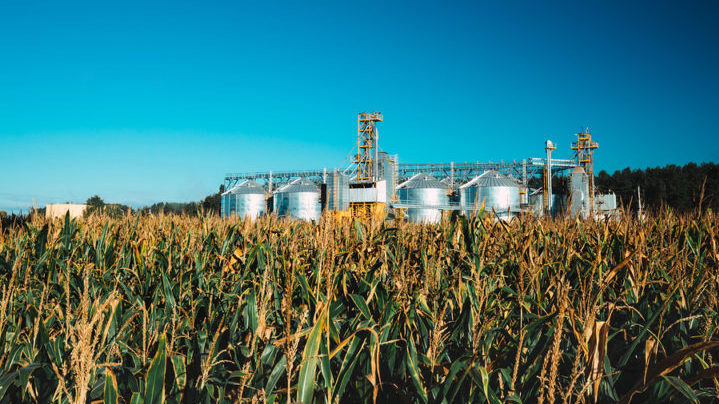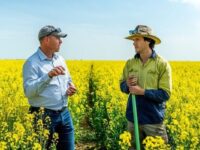Keeping track of margins and controlling input costs will be vital for Australian farmers as they prepare for winter crop planting, according to Rabobank analysts.
In the latest Urea Price Halfpipe podcast, Rabobank senior commodity analyst Cheryl Kalisch Gordon, joined by senior agriculture analyst Wes Lefroy, said that while higher commodity prices were a boon for Australian farmers, record input prices meant that grain growers would need to have a strong focus on margin control for the 2022-23 season.
“Australian grain growers will need to keep doing the sums to make sure they are pricing according to an outlook that is for input higher prices, but for grain pricing to potentially soften, even though we expect that to still be to levels well above average,” Dr Gordon said. “Our analysis shows that the ‘returns to key production inputs’ (ratios) remain positive but have fallen, even though output prices have also increased. Returns to urea application in wheat production for example have fallen from nearly 10:1 in 2019 to 2.5:1 at current prices.”
Greater per hectare costs of production also increases business risk for the season ahead. Dr Kalisch Gordon said growers “first and foremost” are thinking about efficiencies within their cropping businesses and how they use their nitrogen fertiliser to ensure they get “the best bang for their buck”. She said that farmers are also considering their crop choices and about planting less fertiliser-hungry crops and are also thinking about which nutrients they can stand to reduce in their program.”
She said that it was critical for farmers to ensure that pricing assumptions for both inputs and outputs reflect how markets will move over the year ahead and the potential to be otherwise caught buying and selling on different markets in terms of timing.
“Along with concerns about their capacity to secure supply, farmers were already weighing up changes to gross margins and procurement strategies that would limit exposure to cost increases but also ensure timely availability of supplies,” Dr Gordon said.
Lefroy added that it was an unlikely scenario that urea prices would fall considerably for the winter crop applications, and he believed farmers should be budgeting for prices to be at least at current global levels if not even slightly higher through the second quarter of 2022.
“These high urea prices and elevated supply risks may impact farmers plans for the initial application for the winter crop and possibly even make top-up applications challenging in this pricing environment,” Lefroy said.
Despite the volatility of the fertiliser market, Australian grain growers are generally positive about the season ahead, Lefroy noted.
“Even with the higher fertiliser prices, they recognise there will be returns, a lower return, but still a return,” he concluded.















